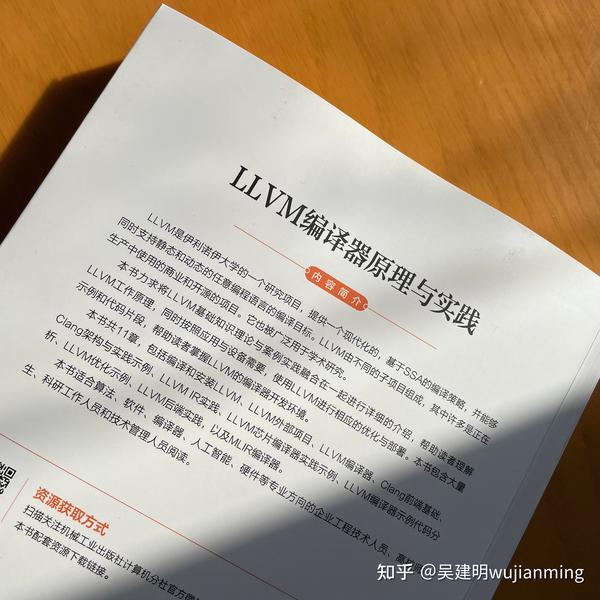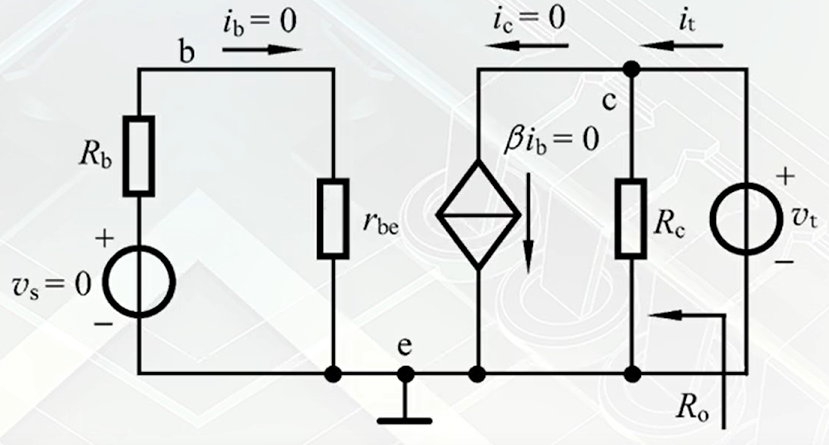3.10 Mohr's circle for stress tensor
Here we will show that once the principal values of tensor have been found, the normal and shear stress vector can be determined graphically using a simple geometrical construction based on three circles with radii related to the difference of principal values. These circles are very important in rock fracture and earthquake faulting studies. and this is why they are studied here. The starting point is the following relations:
\[\begin{align}n_1^2+n_2^2+n_3^2=1 \tag{3.10.1}\\\tau_N=\tau_1n_1^2+\tau_2n_2^2+\tau_3n_3^2 \tag{3.10.2}\\|\mathbf{T}|^2=\tau_N^2+\tau_S^2=n_1^2\tau_1^2+n_2^2\tau_2^2+n_3^2\tau_3^2 \tag{3.10.3}
\end{align}
\]
Next, we will solve this system of equations for \(n_1^2\) ,\(n_2^2\) ,\(n_3^2\) . This will be done through the following steps, based on Sokolnikoff(1956).
Solve equation(3.10.1) for \(n_1^2\)
\[n_1^2=1-n_2^2-n_3^2 \tag{3.10.4}
\]
Introduce (3.10.4) in (3.10.2), we can obtain
\[\tau_N=\tau_1+n_2^2(\tau_2-\tau_1)+n_3^2(\tau_3-\tau_1) \tag{3.10.5}
\]
This implies that
\[n_3^2=\frac{\tau_N-\tau_1-n_2^2(\tau_2-\tau_1)}{\tau_3-\tau_1} \tag{3.10.6}
\]
Introducing (3.10.4) in (3.10.3) and using (3.10.6) gives
\[\begin{equation}
\begin{aligned}
\tau_N^2+\tau_S^2&=\tau_1^2+n_2^2(\tau_2^2-\tau_1^2)+n_3^2(\tau_2^2-\tau_1^2)\\
&= \tau_1^2+n_2^2(\tau_2^2-\tau_1^2)+(\tau_3+\tau_1)[\tau_N-\tau_1-n_2^2(\tau_2-\tau_1)]\\
&= \tau_1^2+n_2^2(\tau_2^2-\tau_1^2)+(\tau_3+\tau_1)(\tau_N-\tau_1)-n_2^2(\tau_2-\tau_1)(\tau_3+\tau_1)\\
&= n_2^2(\tau_2-\tau_1)[\tau_2+\tau_1-(\tau_3+\tau_1)]+\tau_3\tau_N-\tau_3\tau_1+\tau_1\tau_N
\end{aligned}
\tag{3.10.7}
\end{equation}
\]
After rearrangement of terms (3.10.7) becomes
\[\begin{equation}
\begin{aligned}
n_2^2(\tau_2-\tau_1)(\tau_2-\tau_3)&=\tau_N^2+\tau_S^2-\tau_3\tau_N+\tau_3\tau_1-\tau_1\tau_N \\
&=\tau_N(\tau_N-\tau_3)-\tau_1(\tau_N-\tau_3)+\tau_S^2\\
&=(\tau_N-\tau_1)(\tau_N-\tau_3)+\tau_S^2
\end{aligned}
\tag{3.10.8}
\end{equation}
\]
Therefore,
\[n_2^2=\frac{(\tau_N-\tau_1)(\tau_N-\tau_3)+\tau_S^2}{(\tau_2-\tau_1)(\tau_2-\tau_3)+\tau_S^2} \tag{3.10.9}
\]
The equivalent relations for \(n_1^2\) and \(n_3^2\) are
\[n_1^2=\frac{(\tau_N-\tau_2)(\tau_N-\tau_3)+\tau_S^2}{(\tau_1-\tau_2)(\tau_3-\tau_2)+\tau_S^2} \tag{3.10.10}
\]
\[n_3^2=\frac{(\tau_N-\tau_1)(\tau_N-\tau_2)+\tau_S^2}{(\tau_3-\tau_1)(\tau_3-\tau_1)+\tau_S^2} \tag{3.10.11}
\]
Equation (3.10.9)-(3.10.11) are the basis for the Mohr circles of stress in the \((\tau_N,\tau_S)\) plane.
Now consider (3.10.10). Because \(n_1^2\geq 0\) and we have chosen \(\tau_1>\tau_2>\tau_3\) , which implies that the is positive, we can write
\[(\tau_N-\tau_2)(\tau_N-\tau_3)+\tau_S^2 \geq0 \tag{3.10.12}
\]
Operating on the left-hand side of equation (3.10.12) gives
\[\begin{equation}
\begin{aligned}
\tau_N^2-\tau_N(\tau_2+\tau_3)+\tau_2\tau_3+\tau_S^2&=\left[\tau_N-\frac{1}{2}(\tau_2+\tau_3)\right]^2-\frac{1}{4}(\tau_2+\tau_3)^2+\tau_2\tau_3+\tau_S^2\\
&=\left[\tau_N-\frac{1}{2}(\tau_2+\tau_3)\right]^2-\left(\frac{\tau_2-\tau_3}{2}\right)^2+\tau_S^2\geq0
\end{aligned}
\tag{3.10.13}
\end{equation}
\]
This implies that
\[\left[\tau_N-\frac{1}{2}(\tau_2+\tau_3)\right]^2+\tau_S^2\geq\left(\frac{\tau_2-\tau_3}{2}\right)^2 \tag{3.10.14}
\]
Equation (3.10.14 ) represents a circle with center at \([(\tau_2+\tau_3)/2,0]\) and radius \((\tau_2-\tau_3)/2\) . The \(\geq\) indicates points on or outside \(C_1\).
From equation (3.10.9), since \(n_3^2\geq0\) and the denominator is negative we find that
\[(\tau_N-\tau_3)(\tau_N-\tau_1)+\tau_S^2\leq0 \tag{3.10.15}
\]
which can be rewritten as
\[\left[\tau_N-\frac{1}{2}(\tau_1+\tau_3)\right]^2+\tau_S^2\leq \left(\frac{\tau_1-\tau_3}{2}\right)^2 \tag{3.10.16}
\]
Equation (3.10.16) represents the points inside or on the circle \(C_2\).
From equation (3.10.11), since \(n_3^2\geq 0\) and the denominator is positive we obtain
\[\left[\tau_N-\frac{1}{2}(\tau_1+\tau_2)\right]^2+\tau_S^2\geq\left(\frac{\tau_1-\tau_2}{2}\right)^2 \tag{3.10.17}
\]
Equation (3.10.17) represents the points on or outside the circle \(C_3\)
For a given stress tensor, the range of values that \(\tau_N\) and \(\tau_S\) can take is given by the shaded areas between the circles. Note that \(\tau_S\) cannot exceed \((\tau_1-\tau_3)/2\).


![[cause]: TypeError: e_.createContext is not a function (Next.js 15)](http://i.creativecommons.org/l/by-nc/2.5/cn/88x31.png)








